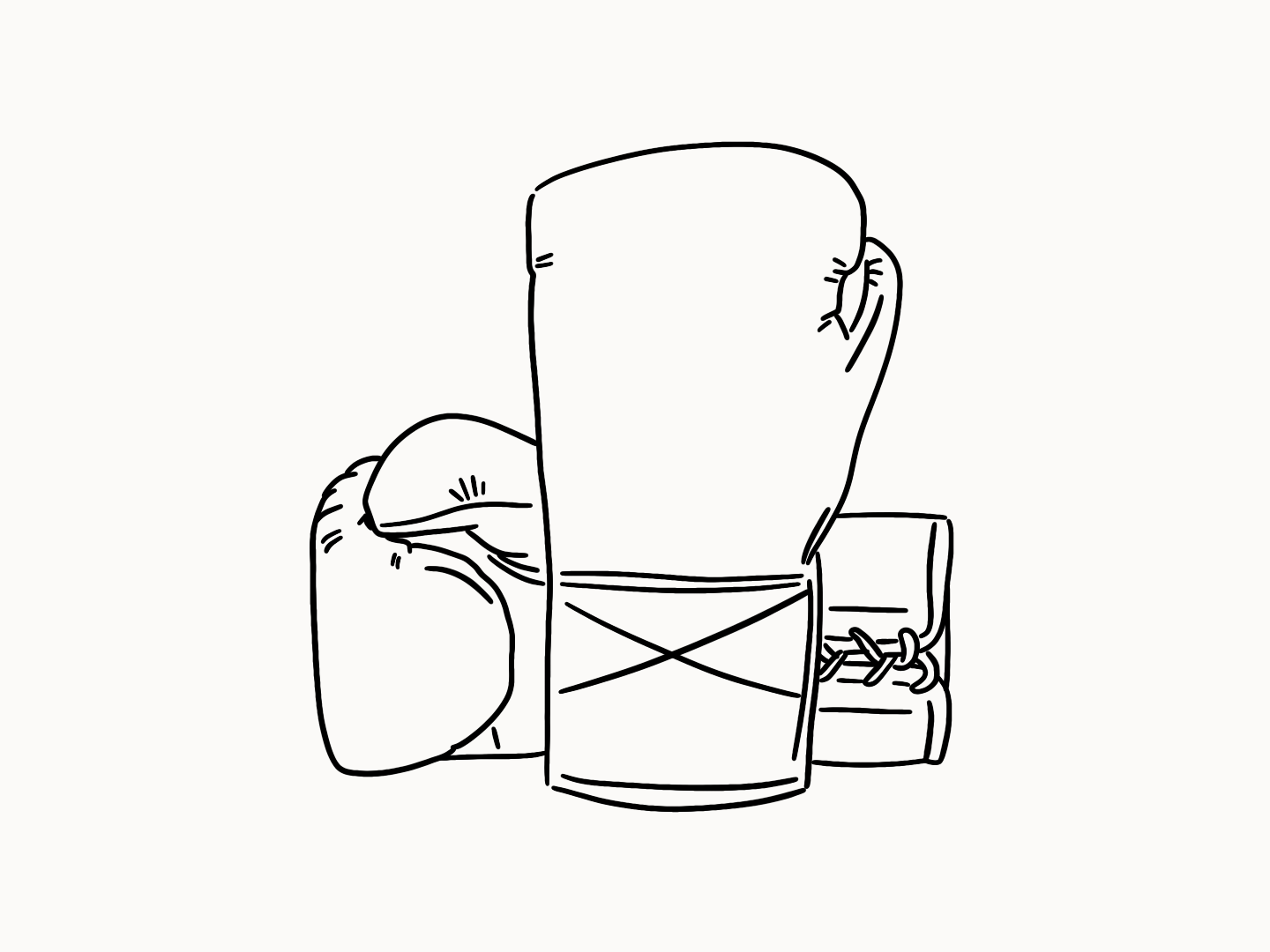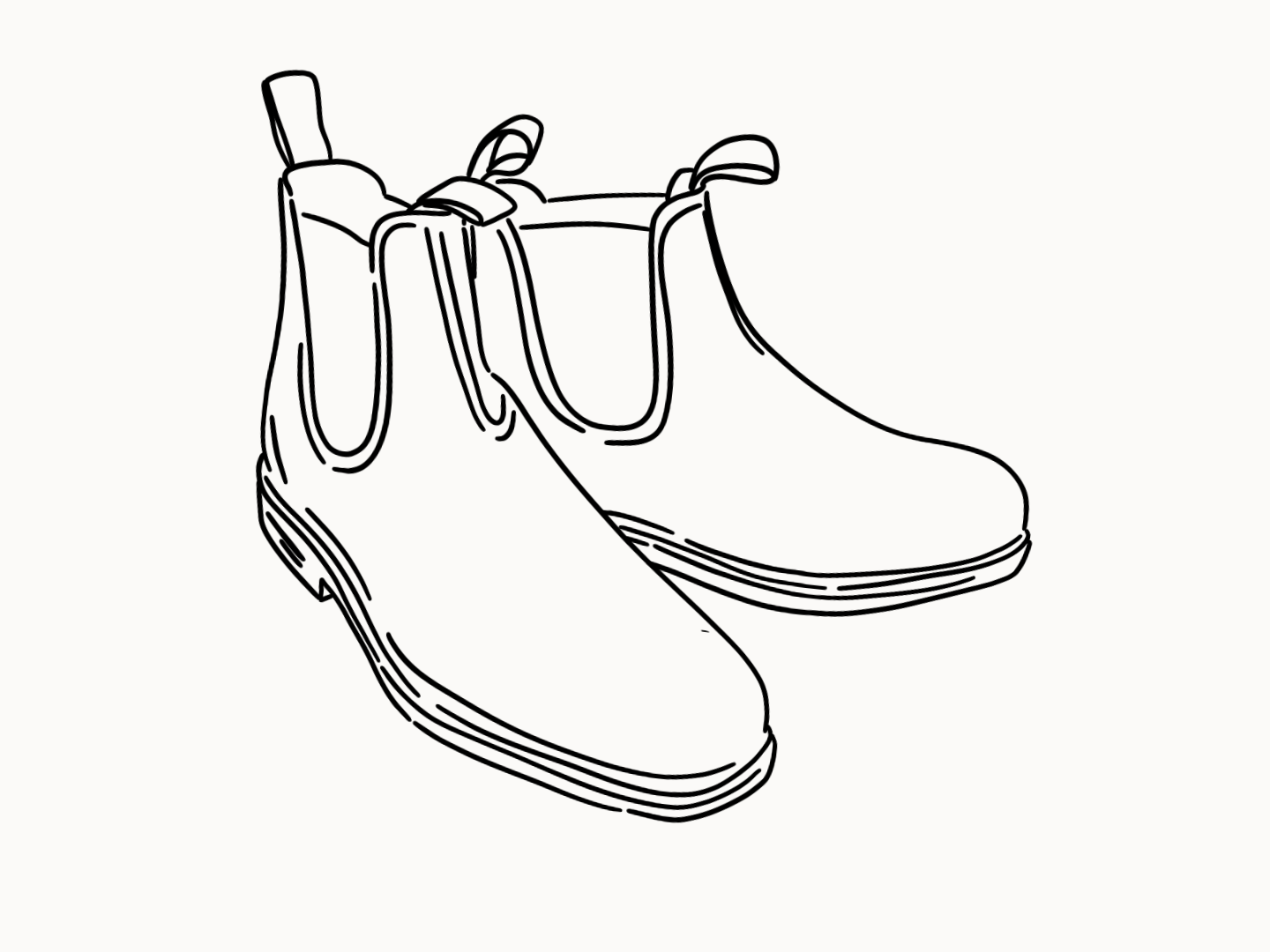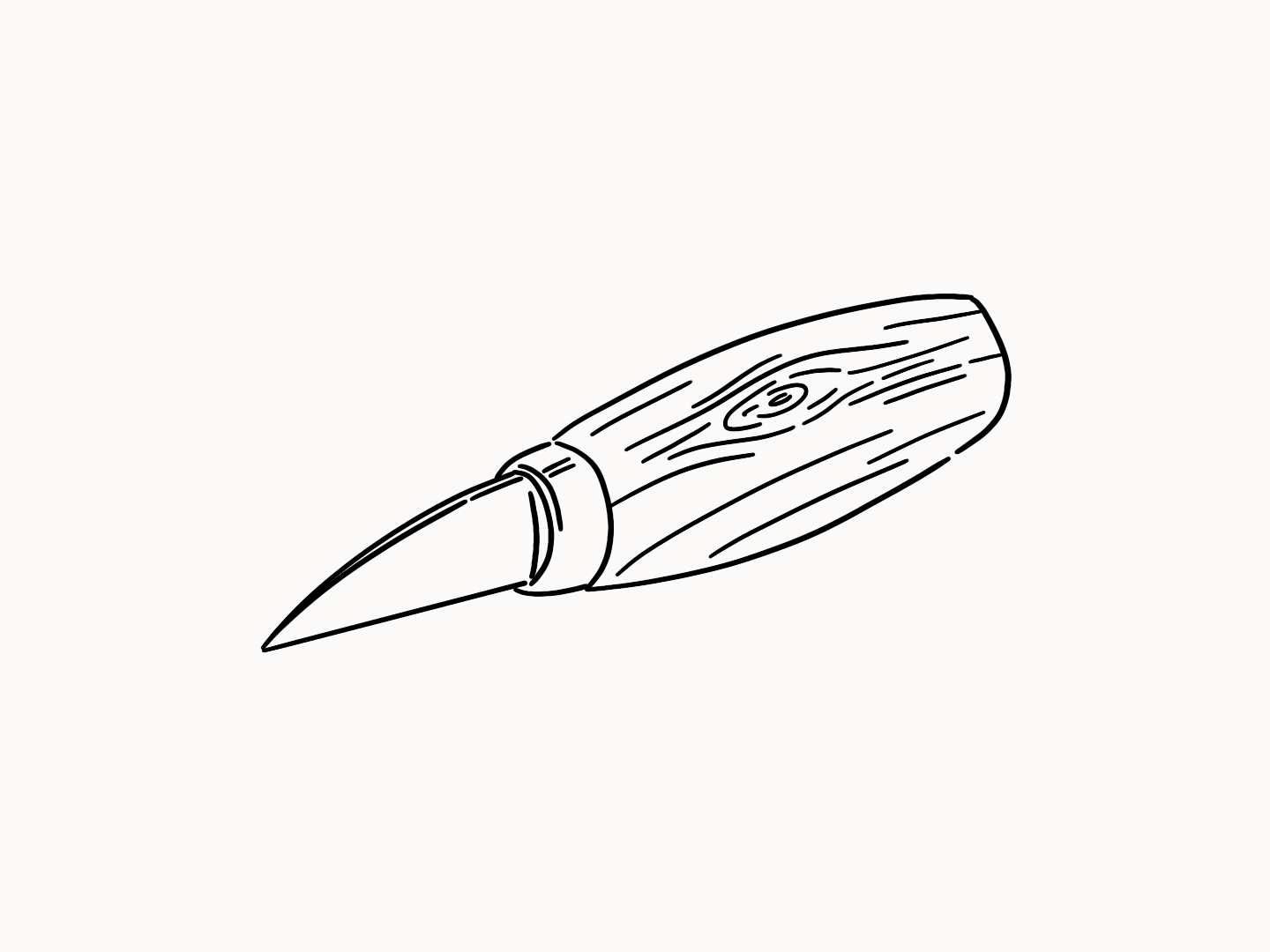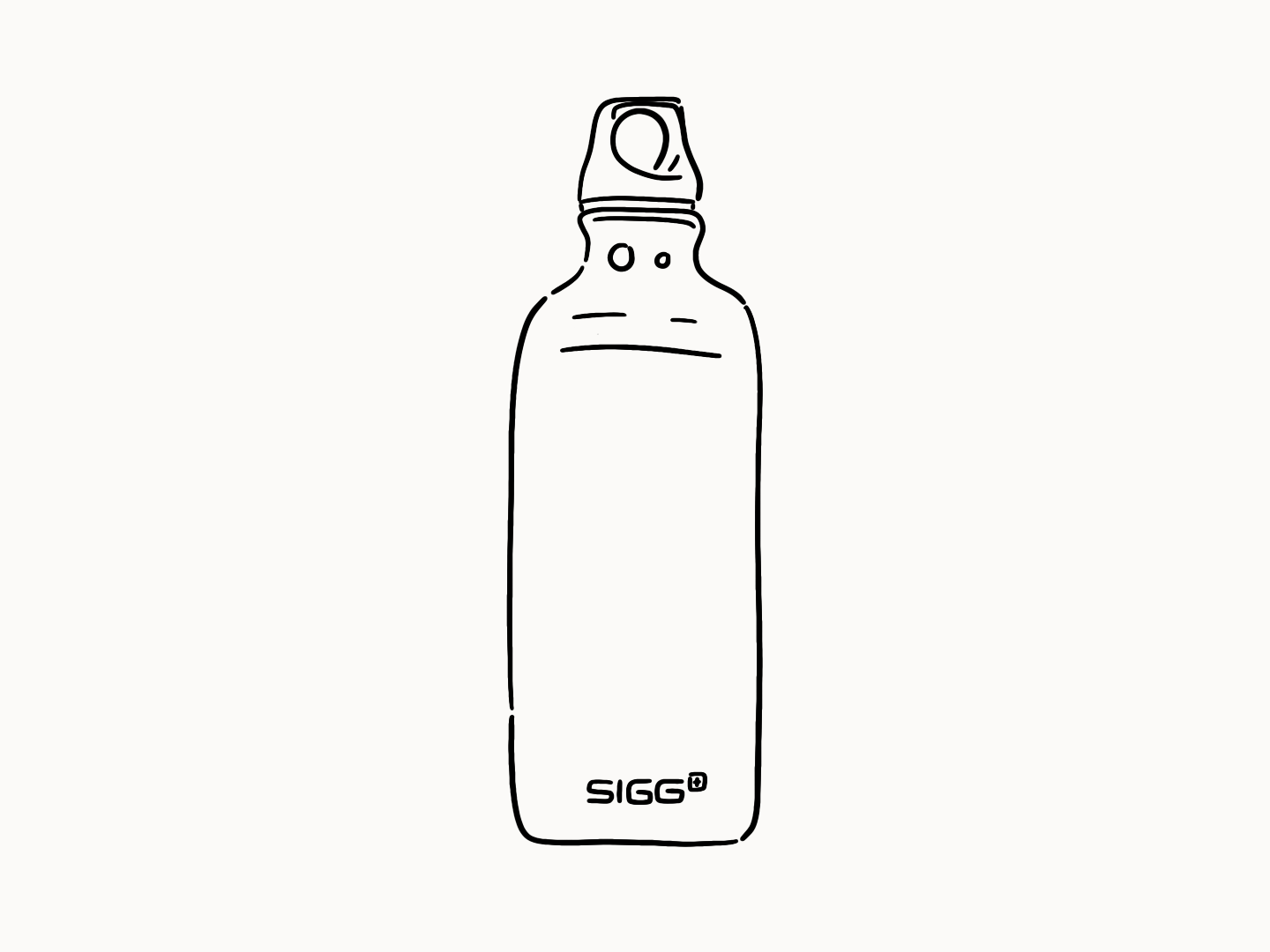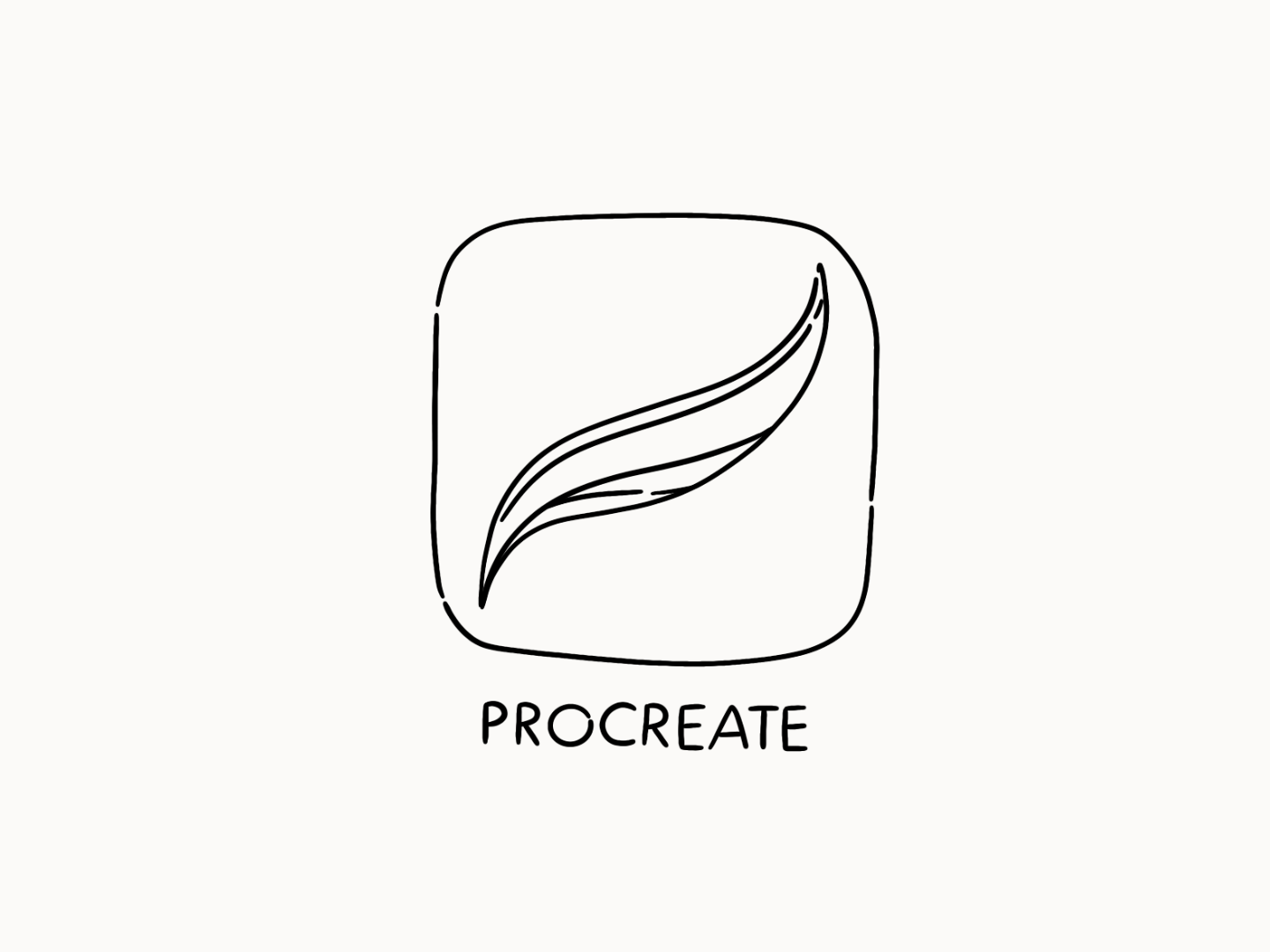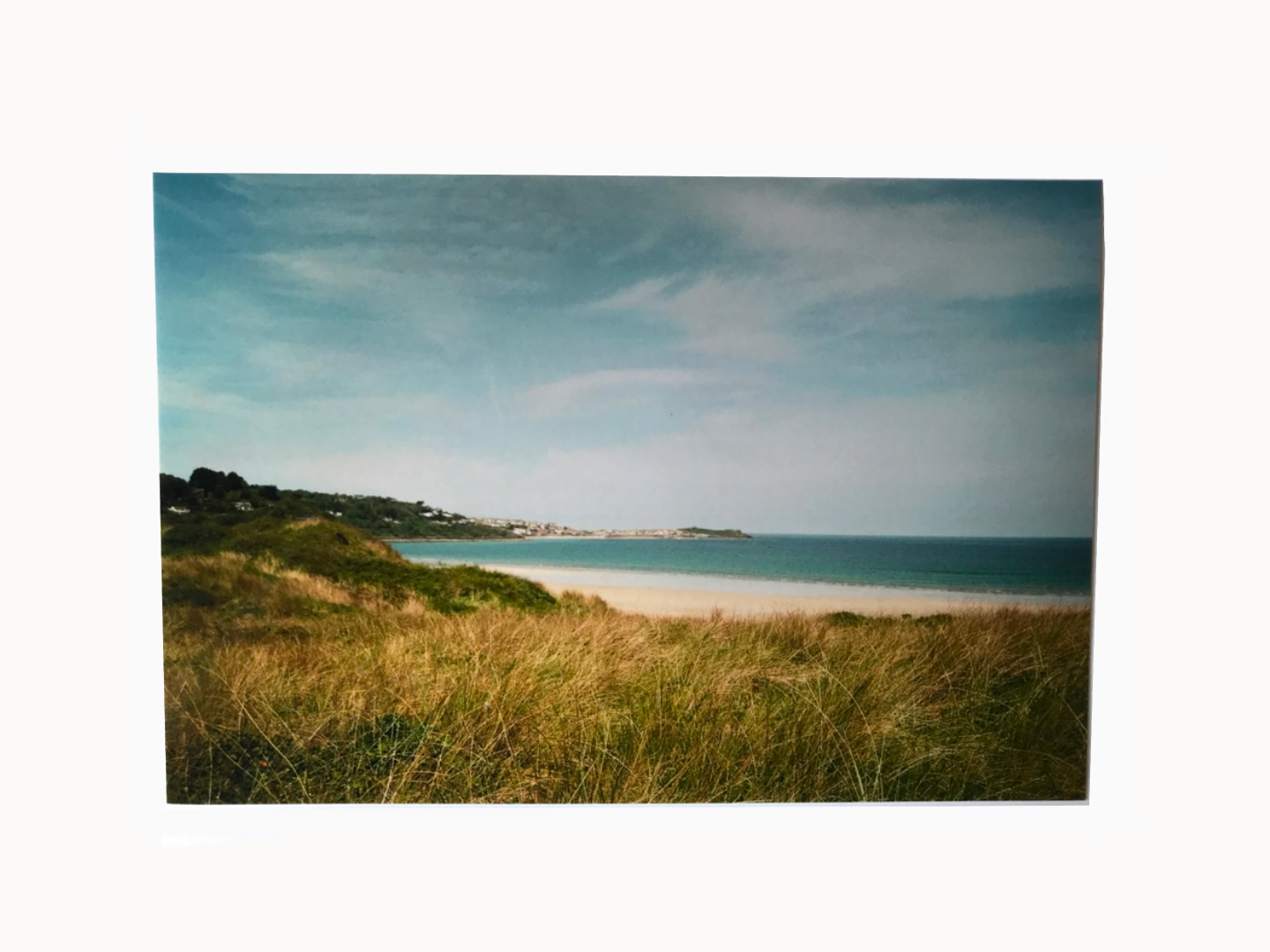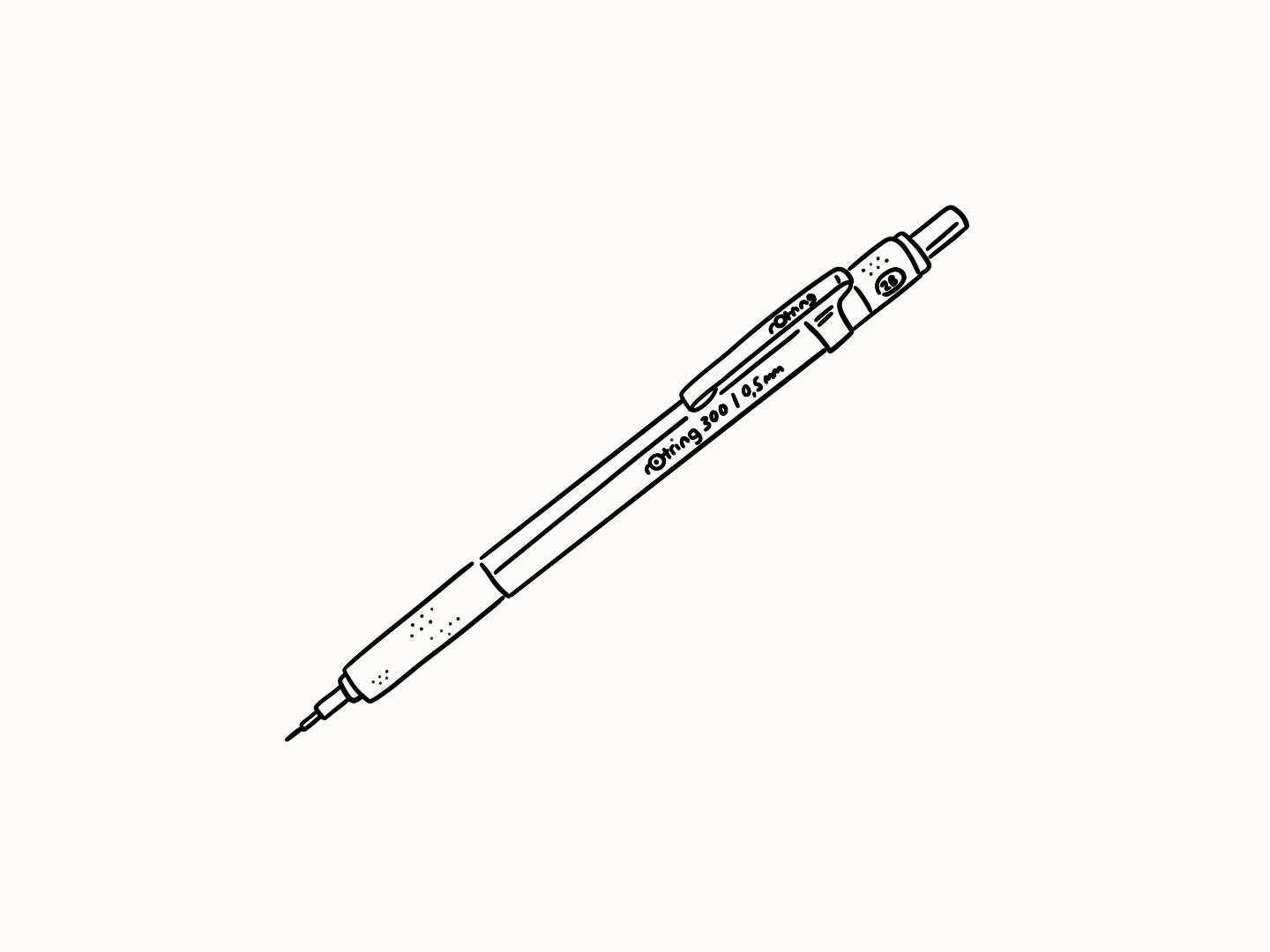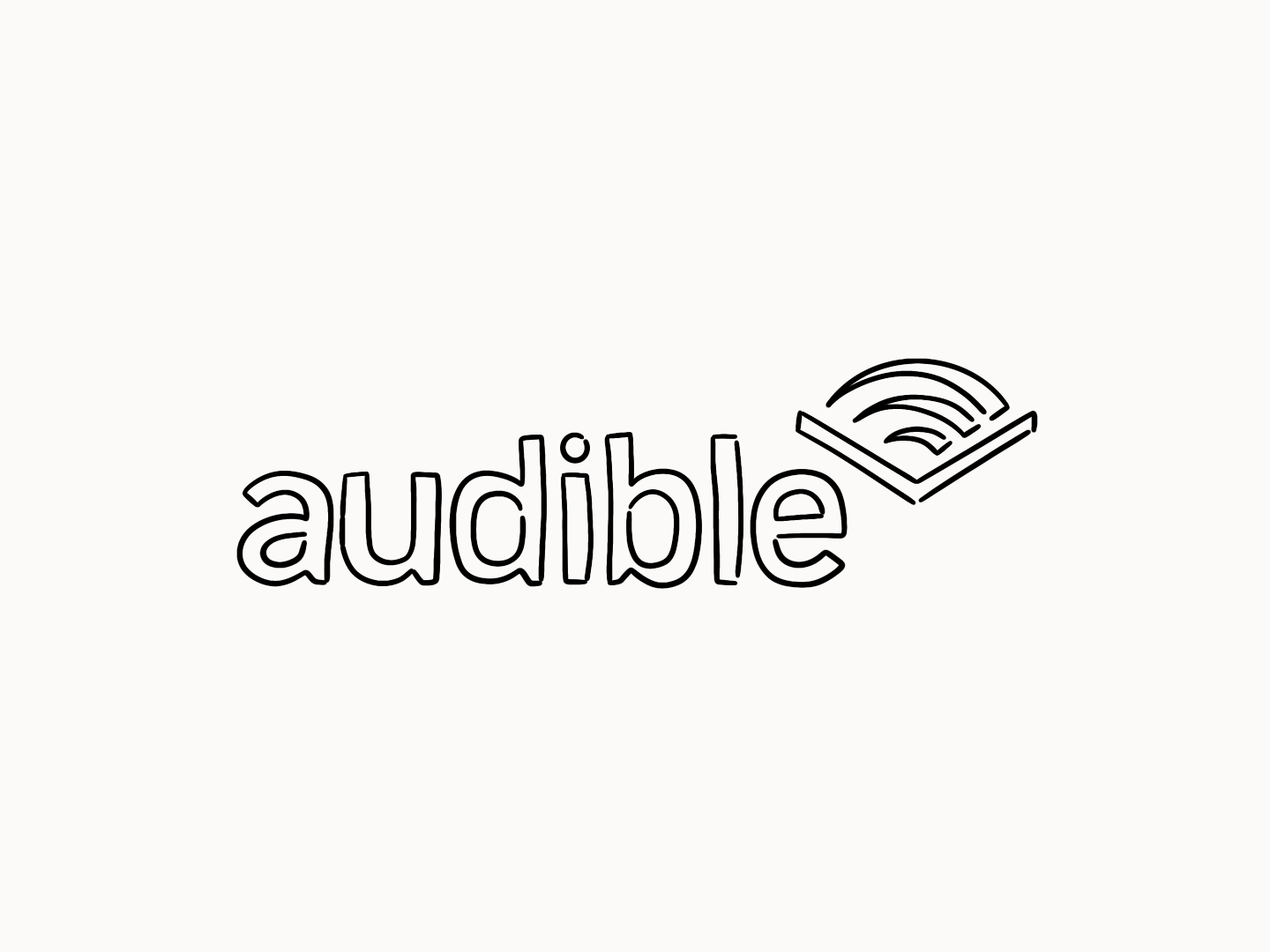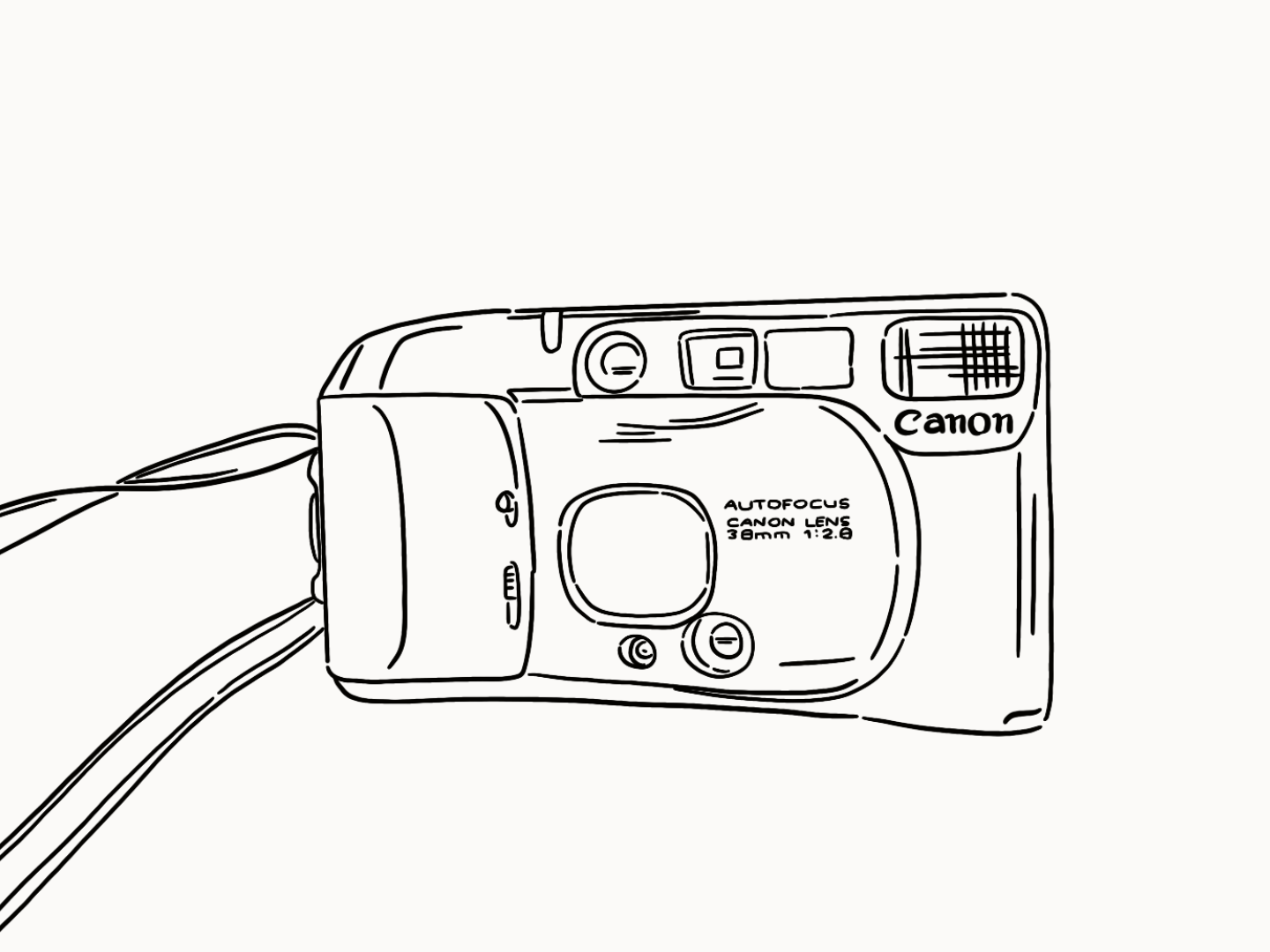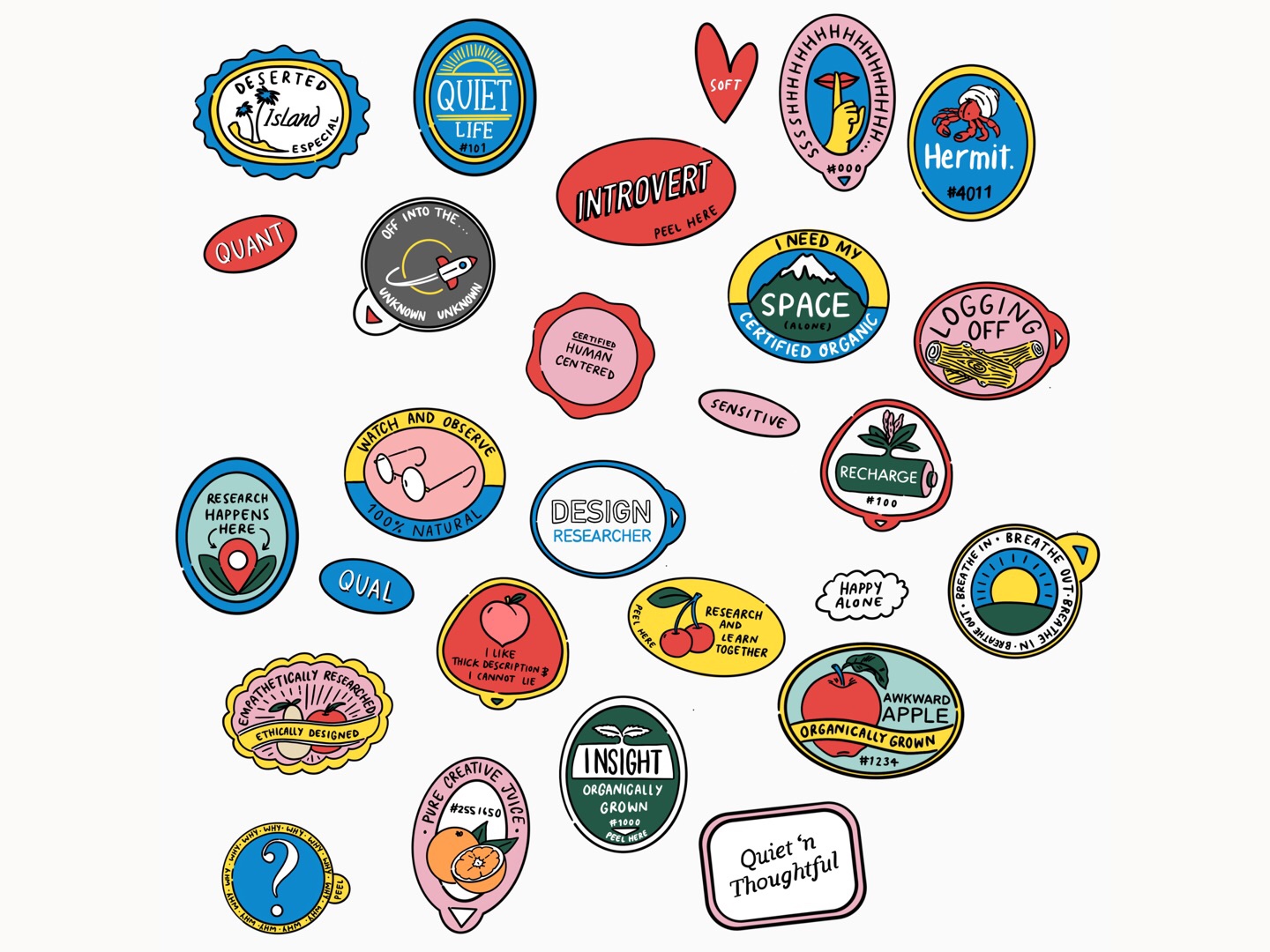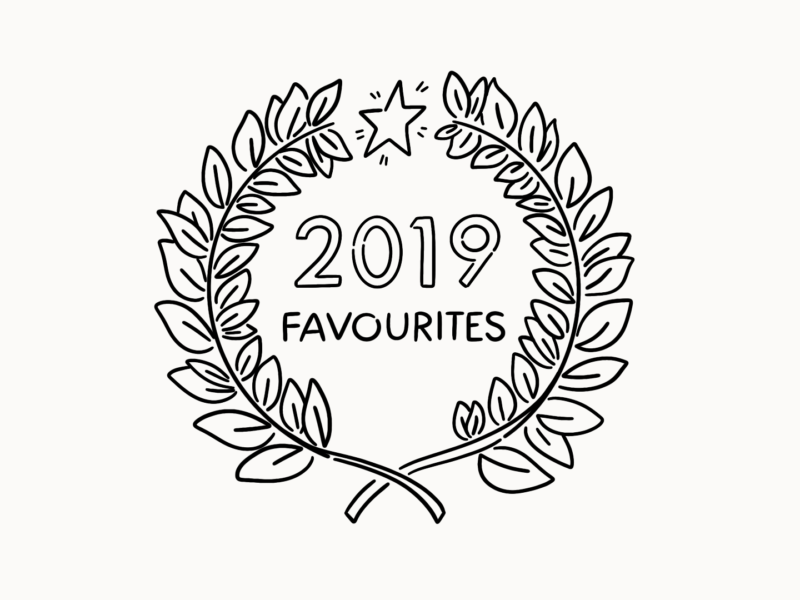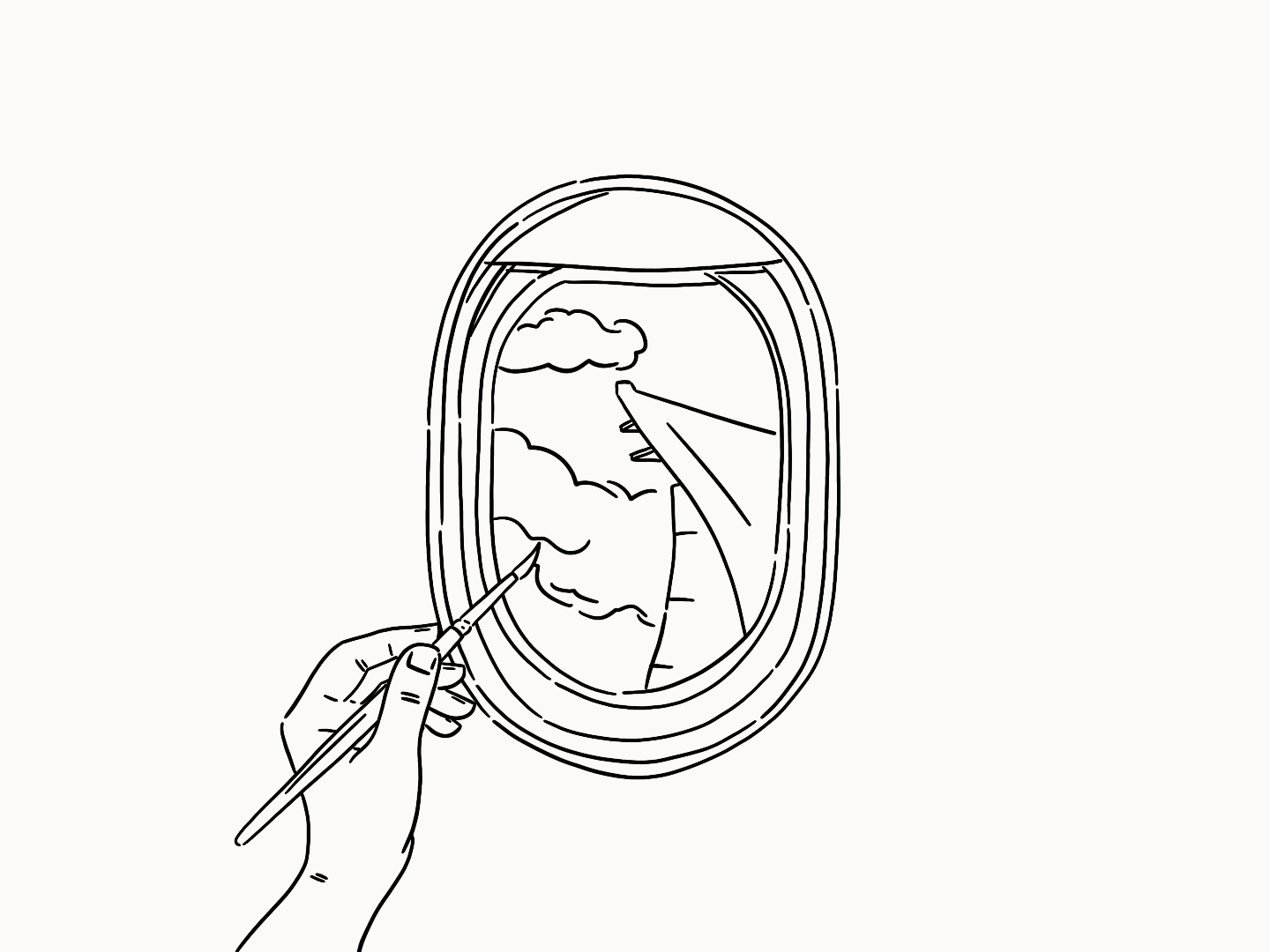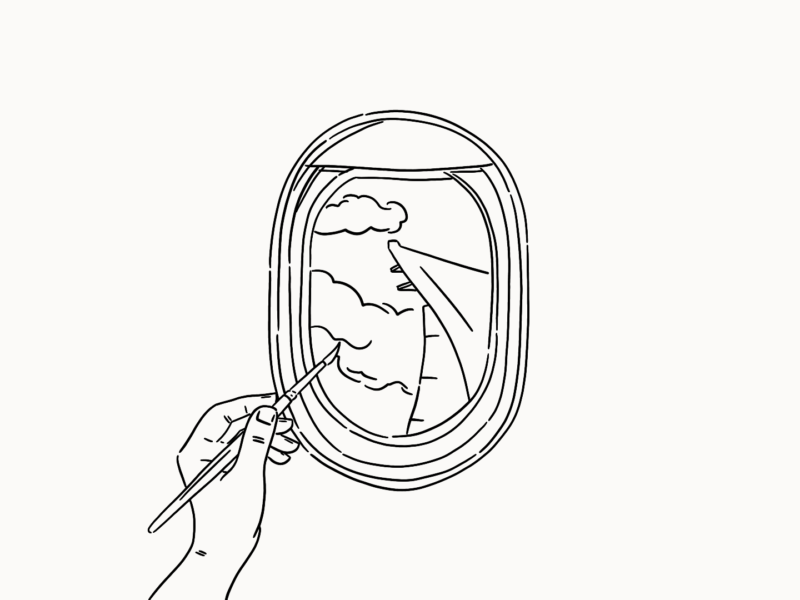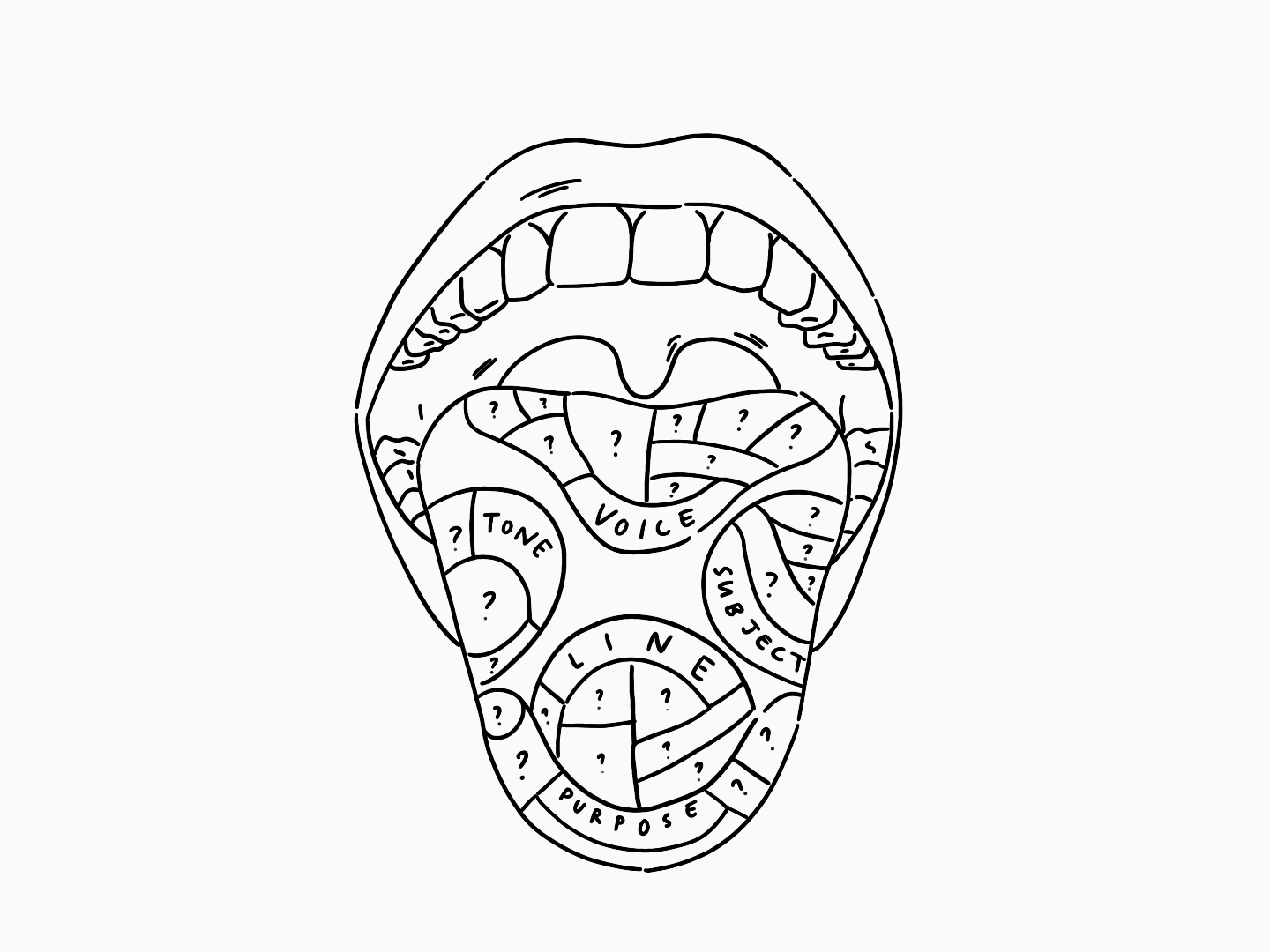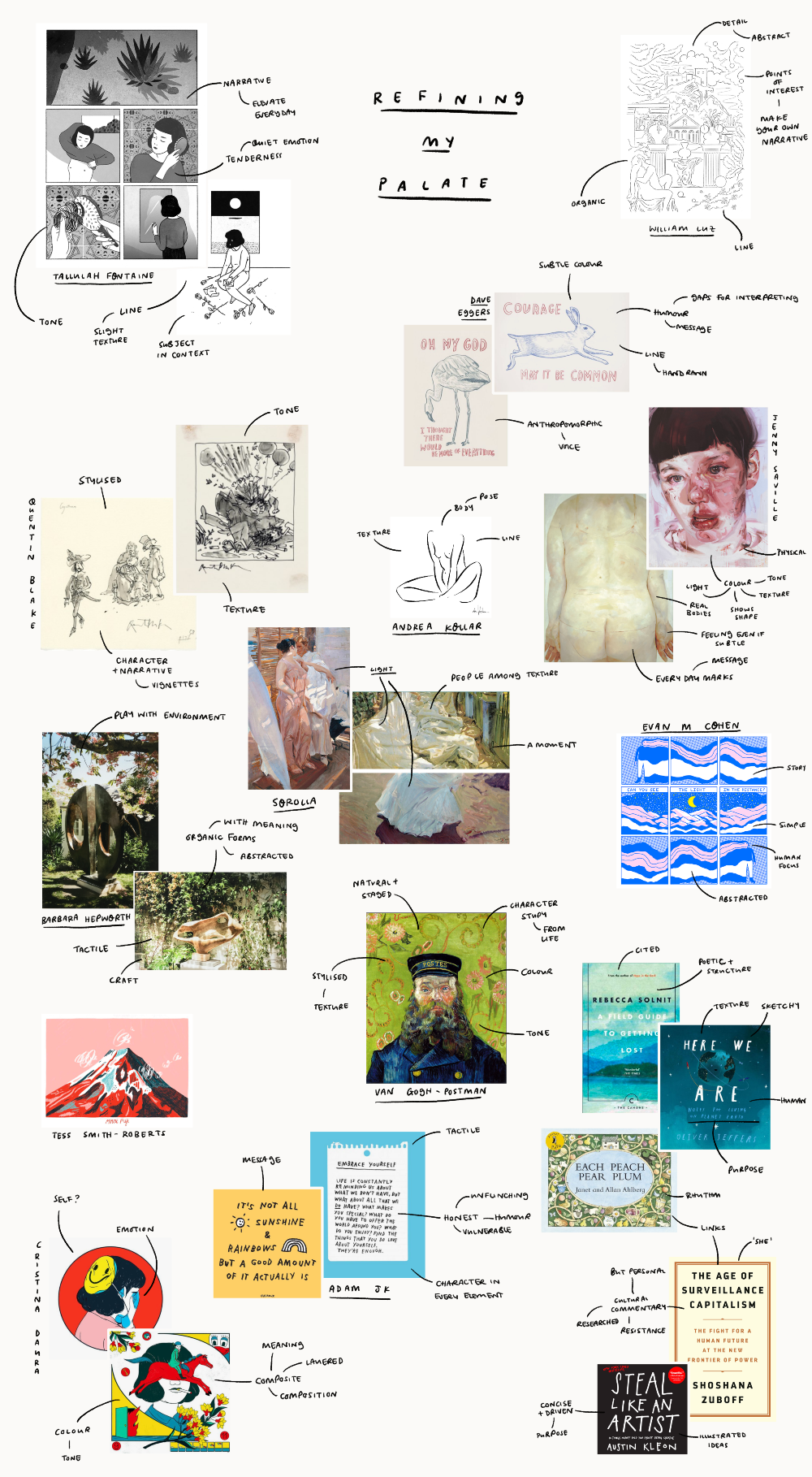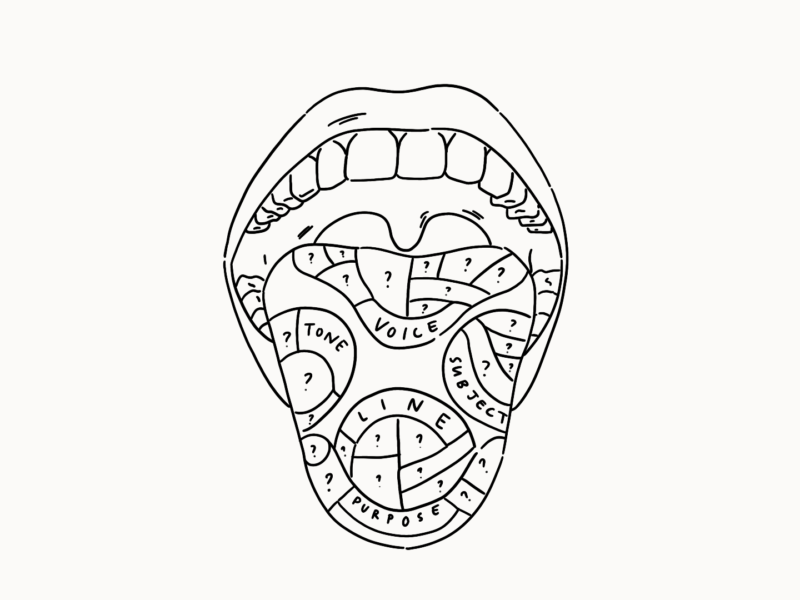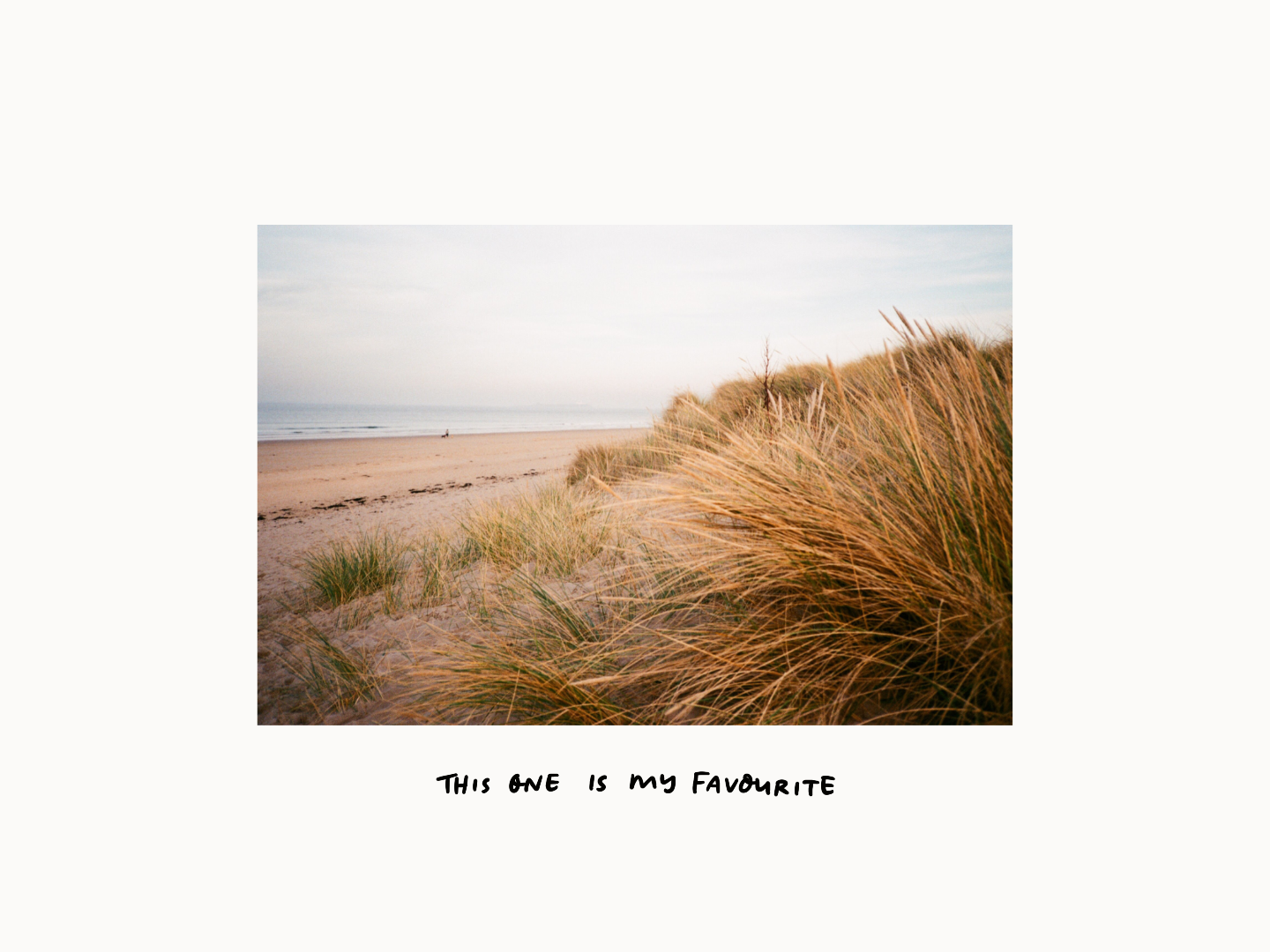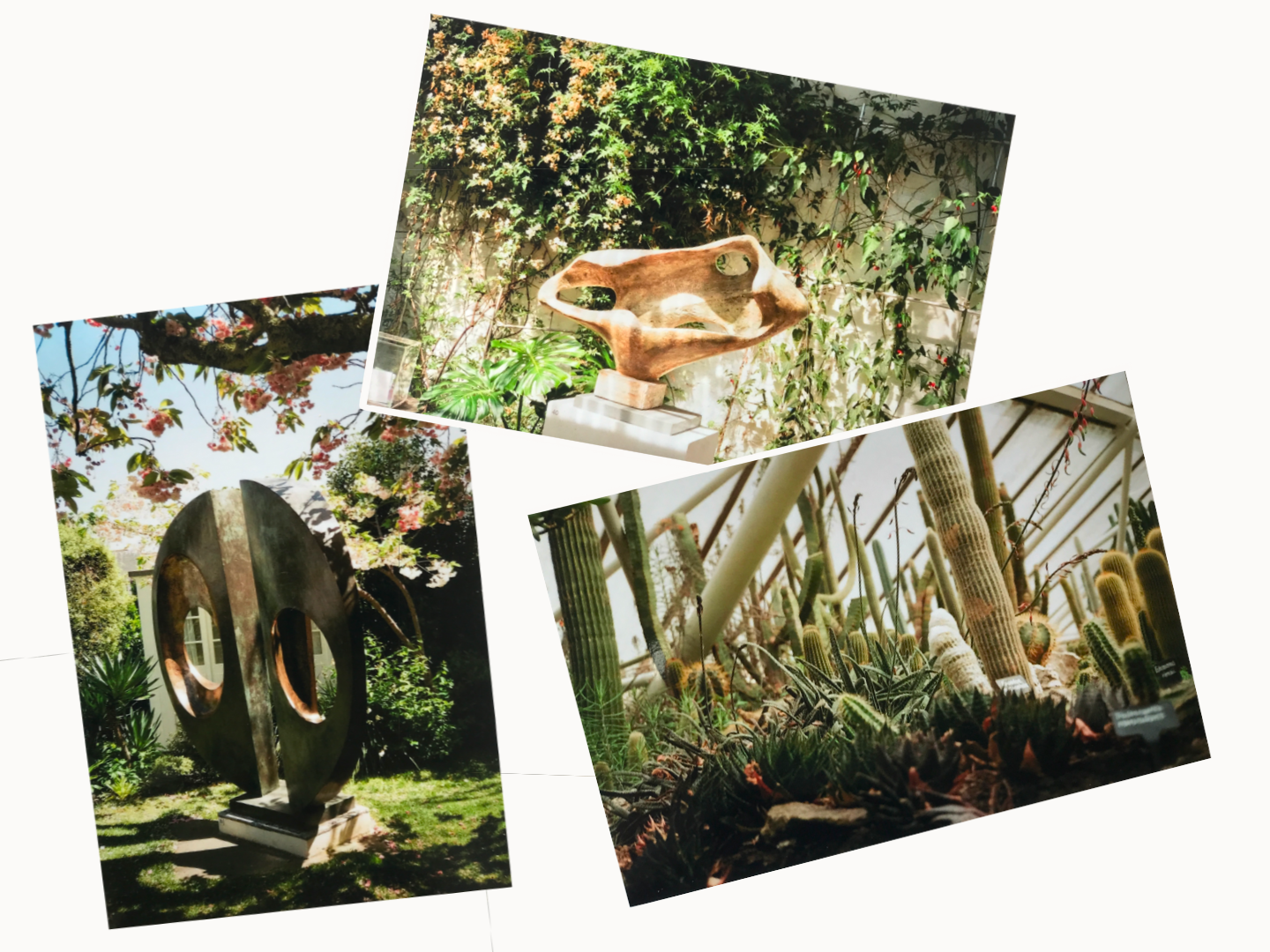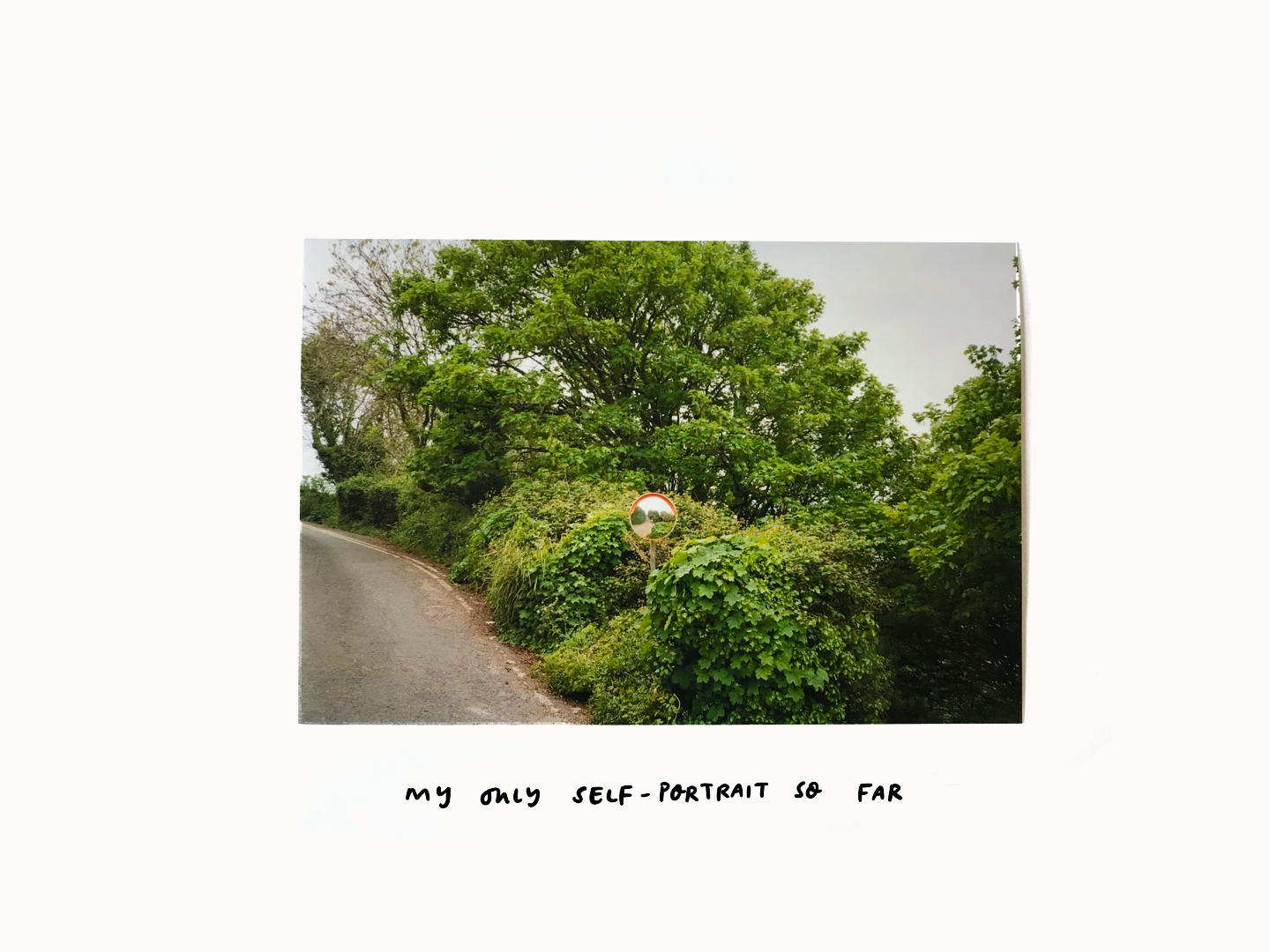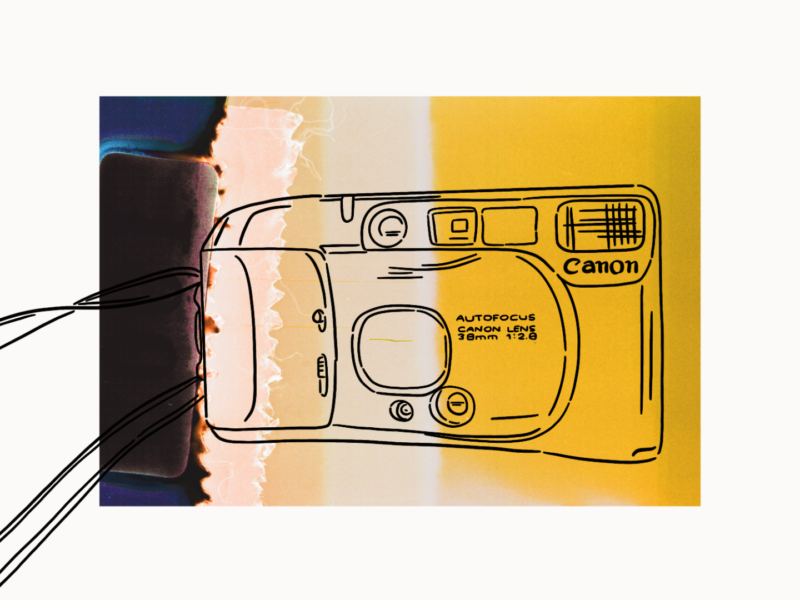This is exactly what it says on the tin, a recount of every book I’ve read this year accompanied by a little illustrated cover inspired by the work of Lizzy Stewart who does an illustrated cover summary every year. I’ve put together this (very lengthy) list as much for my own memory as a chance to recommend some of the best things I’ve read this year.
Next year I need to read more fiction again!

Recommended fiction
The Immortalists by Chloe Benjamin – This was a real page turner towards the end, it even got me wanted to get on the tube so I could finish it. It was a little obvious in its meaning at times but really did make me consider how I think about death and what it means to live.
The Ghost Wall by Sarah Moss – This was short and sharp. It was brutally disconcerting in places but brilliant, if a little heavy on the collecting of herbs.
Train Dreams by Denis Johnson – this tiny novella felt so profound it was almost a parable about creating a nation, a family and a life set against the wilds of the great American wilderness.
Recommended biographical writing
Becoming by Michelle Obama – There’s little extra I can add to the discussion of this book – brilliant, filled with insight and vulnerability. It offered a new look at a life I felt I knew from the outside as well as inspiration for pursuing what is meaningful for you and supports others. I’d recommend it as an audiobook particularly.
Rough Magic: Riding the World’s Loneliest Horse Race by Lara Prior-Palmer – I don’t like horses but I loved this account of how Prior-Palmer ended up riding in and winning the longest and toughest horse race, with very little training. It’s both a story of riding Mongolian ponies and a story of trying to ride to get out of yourself. It’s brilliantly written, poetic in moments, and avoids the long worn clichés of women in the wild.

Recommended non-fiction
Exposure by Olivia Sudjeic – This had the perfect balance in what I want in a personal piece of non-fiction, it was clever and well researched whilst remaining intimate and grounded in the writer’s experience. It had a clear rounding conclusion but didn’t preach answers. I really want to read Sympathy now as well.
Surveillance Capitalism by Shoshana Zuboff – This book changed the trajectory of my year and changed how I look at what I do in a profound way.
Stand out of our light by James Williams – I think this is the best primer on the attention economy I’ve read. It’s highly readable and quotable. Written as part of the Three Dots Prize, you can really tell the quality of both the personal and academic research that went into its writing.
Hello World by Hannah Fry – Algorithms shape our world but we know very little about them, because they’re shrouded in the mystery of being too technical for everyday people. Fry breaks down the big groups of algorithm by the kinds of goals they’re given and then offers examples that are easy to understand and to see both the pros and cons of their use.
Shackleton’s Journey by William Gill – I had coveted this book after seeing it on a friend’s shelf a few years ago, so I decided to treat myself to this illustrated wonder as birthday gift. It’s truly beautiful but so packed with information, I know it’s one I’ll dip into in quiet moments again and again over the years.
Wilding: The Return of Nature to a British Farm by Isabella Tree – This book left me hopeful and inspired about what a shift in how we farm could mean not only for our planet, but also our own sense of how we exist in nature. The fact that the Knepp estate project is real and ongoing lends so much more weight to Tree’s account than had it been an abstract account of what wilding might do. She does use the phrase “the results were astonishing” a little too much but the results really are astonishing.
Three Women by Lisa Taddeo – An enthralling read, you could truly tell how close Taddeo had become to the stories and the women she was sharing on the page. The pacing and way it kept me hooked had a similar quality to In Cold Blood, if a very different subject matter and voice. It was really something to read about women’s sexuality in a way that was just that women’s own sexuality.
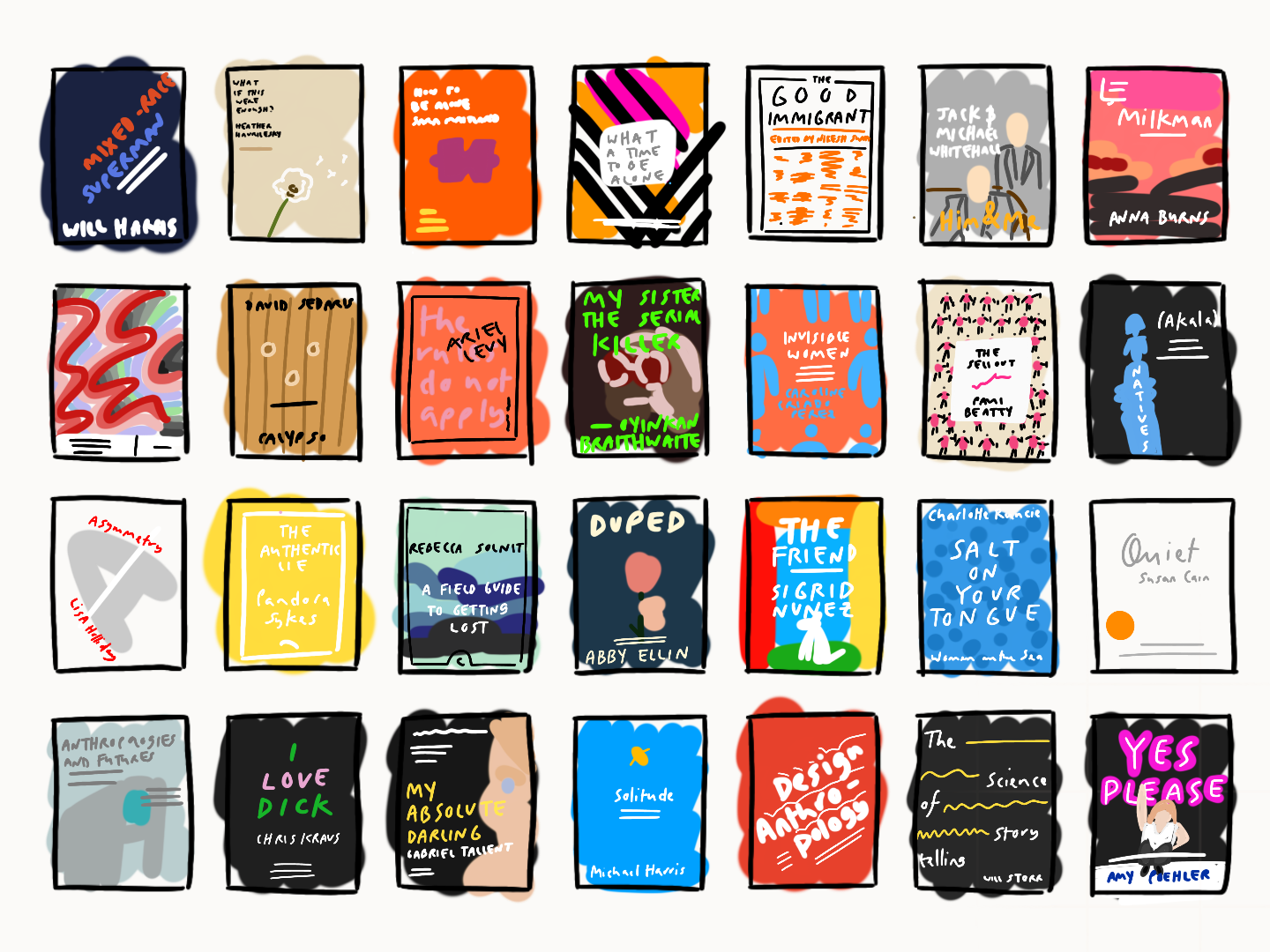
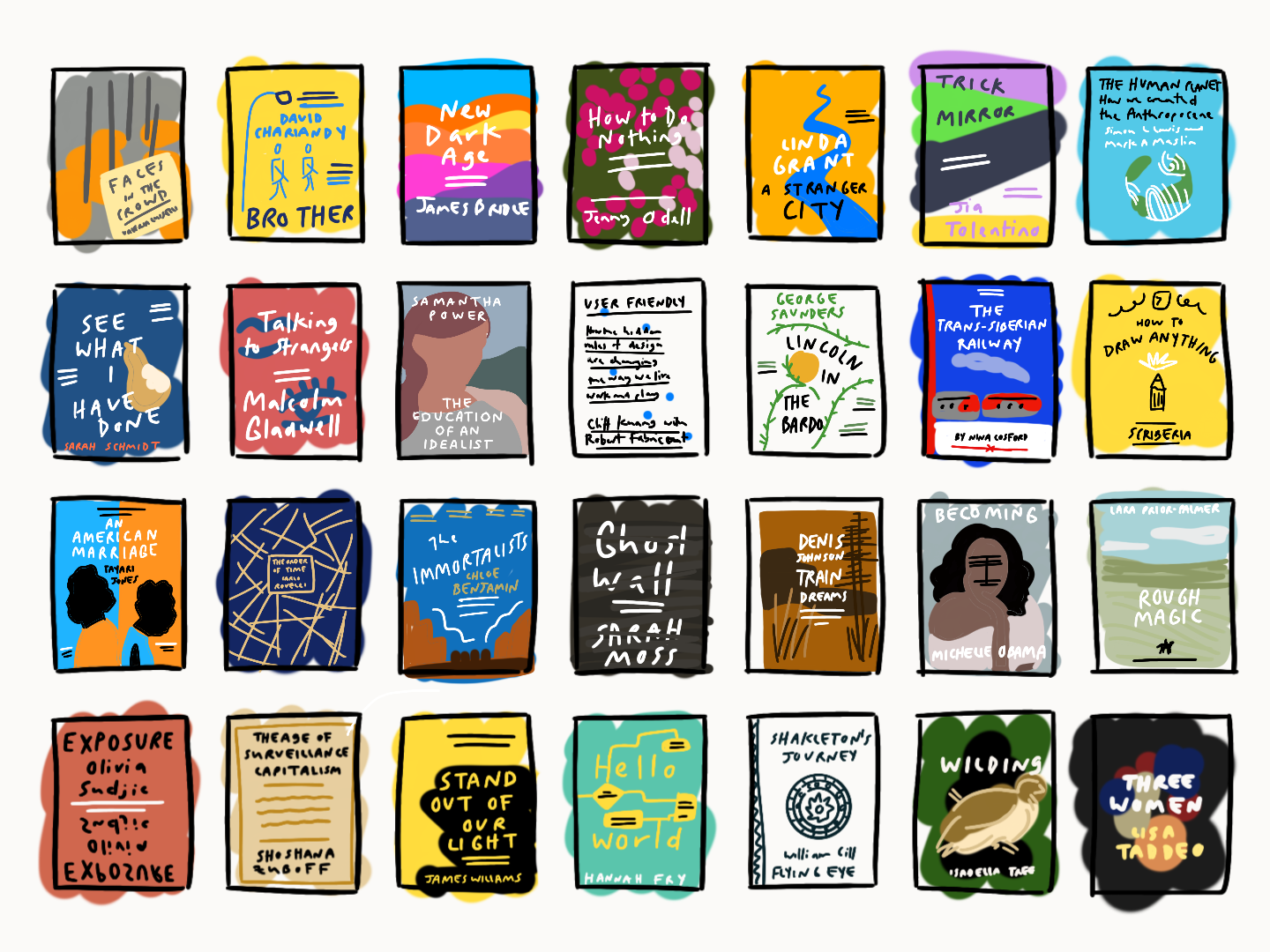
Everything else in roughly time order
Mixed Race Superman by Will Harrison – This short account of the power of having role models that look like you, when you don’t feel you fit in. It included lots of thought provoking perspectives and two of my favourites (Obama and Keanu Reeves) but felt very academic in places and lacked a real conclusion.
What if this were enough by Heather Havrilesky – There were a few brilliant essays in the collection. Havrilesky is clearly a brilliant writer, but again I wanted more of a pay off, not necessarily an answer, but a rallying cry.
How to be alone by Sara Maitland – The history of isolation and independence was great the workbook was less engaging.
What a Time to be Alone by Chidera Eggerue – I enjoyed the Igbo proverbs but little else.
The Good Immigrant – As a collection of short stories, some were better than others (as in every collection) but it was a good reminder to take step outside of my self and my own sense of belonging more.
Him & Me by Jack & Michael Whitehall – I had hoped this would be a light break of an audiobook, but it really wasn’t as funny as I thought it would be.
Milkman by Anna Burns – I found this one tough to get into but worth it in the end. There were some really interesting style choices with the removal of names (mostly) and the very myopic narrator. As someone who has thought little about the struggles in Ireland it offered an interesting historical companion too.
The UX Team of One: A Research and Design Survival Guide by Leah Burley – This wasn’t as revelatory as I would have liked. There were a few good tips but it was largely an account of what I/my team do day to day.
Calypso by David Sedaris – I really liked the essay on his relationship with the Fitbit, it rang true. But I’m not sure that I’m going to be a big David Sedaris reader in the future although I do think he’d be an interesting dinner guest.
The Rules Do Not Apply by Ariel Levy – This was an unflinchingly honest piece of memoir – what does it mean to confront who you really are flaws and all and to walk away still whole after losing so much?
My Sister the Serial Killer by Oyinkan Braithwaite -This was so readable it felt like grown up YA, for want of a better description. It firmly planted me into another culture and set of social norms I’m not normally a part of though.
Invisible Women by Caroline Criado Perez – This is a brilliantly put together account of how gendered gaps in the data we rely on to feed algorithms and make decisions perpetuate and exaggerate gendered inequality. It shone a light on a number of cases I never would have thought about otherwise.
The Sellout by Paul Beatty – Clever and well written but I just don’t like satire. I’m sorry to the tutors who tried to teach me to like it, but I just really struggle.
Natives by Akala – Akala’s account of race and racism in the UK gives both a personal and an educational focus that, as someone privileged enough not to have experience racism, gave what he was sharing something tangible to hold onto. It lacked a real conclusion, but there is no neat ending to institutionalised inequality.
Asymmetry by Lisa Halliday – This is book of two asymmetrical parts. Both stories were interesting and very readable, but incredibly different. What engaged me with one was missing from the other and vice versa. The juxtaposition raised questions about asymmetry of power across groups, but because of my intense need for closure I was hoping they would join up more.
The Authentic Lie by Pandora Sykes – I think this Pound Project read pairs well with Exposure as another short read about the pressures on (particularly young women) to be “authentic” singular selves in a way that leaves us less able to be true to ourselves and feed our own needs.
A Field Guide to Getting Lost by Rebecca Solnit – This was beautifully written and a perfect read while on holiday walking. Some of the descriptions of paths and the distance in the introductory chapters will stay with me forever,
Duped by Abby Ellin – After being duped by a financé with a double life, Abby Ellin decided to investigate why people lie and why we’re so susceptible to being lied to. I had hoped this one would be a little more gripping, but the personal insights Ellin wove into her story and interviews held my interest.
The Friend by Sigrid Nunez – The cover drew me into this one. It’s a poignant tale of loss and friendship (both human and canine). As someone who has found solace in the unconditional quiet friendship of a dog it was a sentimental read that I loved enough to gift to a friend of my own.
Salt on My Tongue by Charlotte Runcie – Having enjoyed more than a few trips to the coast this year the exploration of what the sea means to us, and particularly what it has meant to women through the ages. I had hoped for a little more on the “women through the ages” but the reflections on motherhood woven in were a surprise hit. I don’t think I’ll ever think of coastal islands in the same way again.
Quiet by Susan Cain – I can’t count how many people have recommended this book to me over the years, so I’m not quite sure why it’s taken me so long to read it. As an introvert it was a reaffirming read that’s pushed me to own my own personality (more visibly if not loudly and) proudly.
Anthropologies and Futures ed. Sarah Pink et al – An anthropology book that won’t be for all but I found some of the techniques used to get participants to think about the future fascinating.
I Love Dick by Chris Kraus – This is a collection of writing that’s not really sure what it is and I wasn’t sure what to make of it. I could tell why it had all of the praise it had but it left me a little cold.
My Absolute Darling by Gabriel Tallent – This is a haunting page turner. I wanted the scenes out in nature to go on for longer but the ending felt right and true. It’s not for the faint of heart and it made me wish that novels relied on the trauma of children less. But I did swallow it almost whole.
Solitude by Michael Harris – Perhaps the best book on being alone and why we need to be on our own sometimes that I’ve read this year, and I’ve read a few.
Design Anthropology: Object Cultures in Transition ed. Wendy Gunn, Ton Otto, Rachel Charlotte Smith – “This book is written by anthropologists who actively participate in the development of design anthropology [providing an] introduction to the concepts, methods, practices and challenges of the new field” It was interesting to have a more physical approach to ethnographic research rather than the more digital work I do, but the academic methods it contained weren’t as inspirational or as cutting edge as I might have hoped.
The Science of Storytelling by Will Storr – Storr’s research into the neuroscience and psychology of stories led him to a character driven concept (rather than an action driven one) of how we engage with narrative. It’s a refreshing take on a well researched area, but it might be one where you can watch the TED talk and get enough out of that.
Yes Please by Amy Poehler – This book was exactly what I wanted it to be, a moment to have Amy Poehler laugh me into a kick up the bum to get going on what I want to do.
Faces in the Crowd by Valeria Luiselli – As much as this is a layered “vertical narrative” is about literature and translation and storytelling, it’s also about how we fabricate ourselves and the lives of those we encounter. It was a challenging read but had a few moments of magic hidden in there.
Brother by David Chariandy – “Brother explores questions of masculinity, family, race, and identity as they are played out in a Scarborough housing complex during the sweltering heat and simmering violence of the summer of 1991.” It’s well written and put me in a world so far away from my own. I have to admit I don’t think I was emotionally impacted as others who have read it.
The New Dark Age: Technology and the End of the Future by James Bridle – “As the world around us increases in technological complexity, our understanding of it diminishes. Underlying this trend is a single idea: the belief that our existence is understandable through computation, and more data is enough to help us build a better world.” Bridle unpicks that single idea well and highlights what we lose as we allow our understanding to wane, but doesn’t offer much in the way of a light to help. I guess I’ve got more reading to do before I come up with any solutions of my own.
How to Do Nothing: Resisting the Attention Economy by Jenny Oddell – This account of pushing back against the attention economy was fascinating as a read it and I found myself nodding along. But it’s one I’ve really struggled to retain much of, perhaps it needs another read next year?
Stranger City by Linda Grant – Set in contemporary London, with all of its Brexit fears, this felt like a book about belonging and how hard it can be to anchor yourself in the city. As someone who’s been researching immigration appeals for the past year, the portrayal of that particular uncertainty in fictional form gave a new perspective to my day job.
Trick Mirror by Jia Tolentino – At once whip-smart and playful this collection of essays about growing up and into the internet age was worth the hype. I had this as a read by the author audiobook and I think it added so much.
The Human Planet: How We Created the Anthropocene by Mark Maslin and Simon L. Lewis – For once I agree wholeheartedly with the google description – “an engrossing exploration of the science, history and politics of the Anthropocene, one of the most important scientific ideas of our time, from two world-renowned experts”. I think it’s the interplay of those elements science, history and politics which really sets this one apart.
See What I Have Done by Sarah Schmidt – This was a novel that was all about a murder that never really talked about the murder. On the one hand, the sense of a claustrophobic family and psychological trickery at play were well done and an interesting take on a well worn genre and story. But on the other hand, it felt like it was missing something at its core.
Talking to strangers by Malcolm Gladwell – This book included some interesting research pieced together well, particularly as an audiobook, but the conclusions Gladwell jumped to never landed for me. Only the first chapter about spies really felt like it held much true value.
The Education of an Idealist by Samantha Power – I’m not quite sure how I ended up with this book on my list, if I’m honest. I wasn’t all that aware of Samantha Power before I read it. But I found her varied and adventure filled life incredibly interested, as I did how she learned to balance her own mental health while pursuing such a high pressure career. As someone who isn’t that up on American foreign policy, the first half of her book about her younger days definitely resonated with me harder.
User Friendly: How the Hidden Rules of Design are Changing the Way We Live, Work & Play by Cliff Kuang & Robert Fabricant – As someone who works (in largely digital) design the overriding concepts of user-friendliness and they ways they shape our behaviour were already familiar to me. But what I found really interesting in this one was the way the authors built up the history of how those processes came to be the foundation of contemporary design for both better and worse.
Lincoln in the Bardo by George Saunders – This book wasn’t quite what I expected it to be, despite going in with very few expectations. I found the cacophony of voices and quotations at once its strongest and hardest to follow feature.
The Trans-Siberian Railway by Nina Cosford – I was so excited to kickstart this illustrated log of Nina’s journey by rail from Moscow to Beijing. It’s an absolutely gorgeous book that gives a sense of some of the biggest (and smallest) moments of her trip.
How to Draw Anything by Scriberia – I really want to get into more live sketching work, so I thought I’d read through this book by the masters. It’s pretty basic but it gave me some inspiration for my sketchnoting workshop.
An American Marriage by Tayari Jones – A harrowing and intensely intimate portrait of a newly wed couple pulled apart by a wrongful conviction. Brilliantly written and engrossing, but I have to admit I wasn’t a huge fan of the dolls.
The Order of Time by Carlo Rovelli – This one went over my head a little if I’m honest. But it opened my eyes to how little we can perceive of the world with the senses we have at our immediate disposal and the fact that now is such a limited frame of reference.



